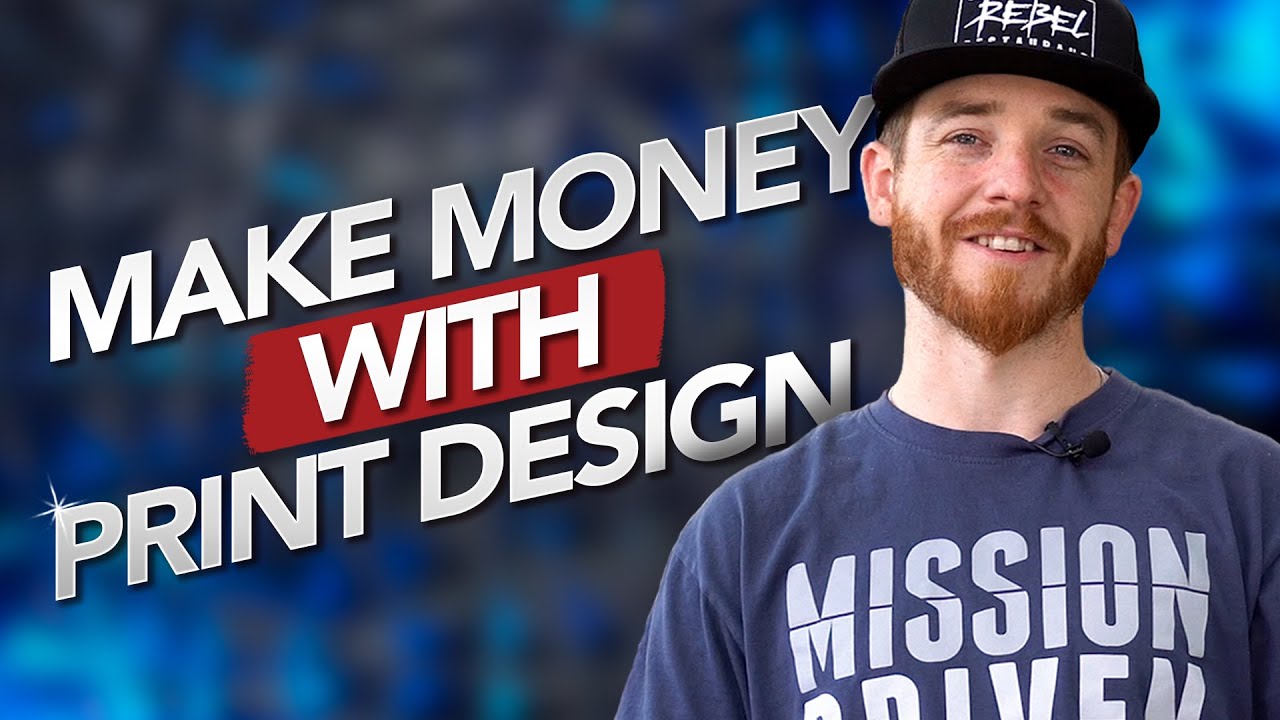
Hello, and welcome to my article on the different types of print design. My name is Adrian Boysel, and I am a graphic designer with over 15 years of experience in the industry. Print design has always been a passion of mine, and I have had the opportunity to work with a wide range of materials and clients throughout my career. In this article, I will be sharing with you the ten different types of print design that I have had the pleasure of working with and some of the unique challenges and opportunities that each of these areas presents.
Stationery Design
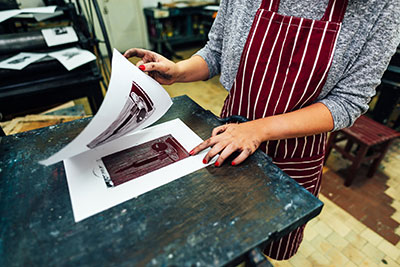
One of the unique challenges of stationery design is the limited space available for displaying information and graphics. Business cards, for example, are typically only about the size of a credit card, so designers must be creative in how they present information and use negative space to their advantage. Additionally, the use of digital communication has reduced the need for traditional stationery, so designers must find ways to make their designs stand out and appeal to those who still prefer physical materials.
Despite these challenges, stationery design can be a great niche for graphic designers. There is always a demand for high-quality, visually appealing business cards, letterheads, and envelopes, and many businesses are willing to invest in professional designs to set themselves apart from their competitors. Additionally, stationery design can be a great way for designers to get their foot in the door with a new client, as it often leads to additional design work for the company.
Packaging Design
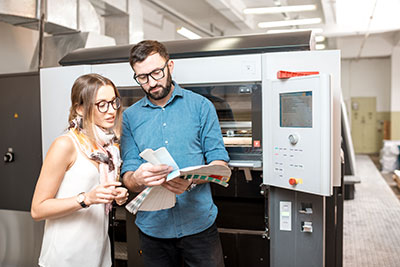
One of the unique challenges of packaging design is the need to balance aesthetics with functionality. Packaging must not only be attractive, but it must also effectively protect the product and provide the necessary information to the consumer. This requires designers to consider factors such as the materials used, the size and shape of the packaging, and the placement of graphics and text.
Another challenge of packaging design is the need to stay up-to-date with the latest trends and consumer preferences. Packaging designs that are too trendy may quickly become dated, while those that are too conservative may fail to stand out on the shelves. Striking the right balance can be a difficult task, but it is essential for the success of the product.
Despite these challenges, packaging design can be a rewarding and lucrative niche for graphic designers. The demand for visually appealing packaging is always high, and designers who are able to create packaging that effectively communicates the brand’s values and stands out on the shelves can build a successful business in this area.
Apparel Design

One of the unique challenges of apparel design is the need to consider the size and shape of the design, as well as the apparel item it will be placed on. A design that looks great on a t-shirt may not work as well on a hat, for example. Additionally, designers must consider the durability and wearability of their designs, as clothing is subjected to a wide range of wear and tear.
Another challenge of apparel design is the need to stay up-to-date with the latest trends and consumer preferences. What is popular one season may not be popular the next, so designers must be able to adapt and create designs that appeal to a wide range of audiences.
Despite these challenges, apparel design can be a fun and lucrative niche for graphic designers. There is always a demand for unique and eye-catching designs, and designers who are able to create popular and enduring designs can build a successful business in this area.
Book Design

One of the unique challenges of book design is the need to create a cohesive design that appeals to the target audience and effectively communicates the themes and ideas of the book. This requires designers to consider factors such as the cover art, layout, font choices, and any illustrations that may be included.
Another challenge of book design is the need to consider the physical characteristics of the book itself. The size and shape of the book, as well as the materials used, can all affect the design. Additionally, designers must consider the reading experience and create a design that is easy to read and navigate.
Despite these challenges, book design can be a rewarding and lucrative niche for graphic designers. The demand for high-quality book design is always high, and designers who are able to create visually appealing and cohesive designs can build a successful business in this area.
Newspaper and Magazine Design

One of the unique challenges of newspaper and magazine design is the need to create a cohesive design that is easy to read and navigate. This requires designers to consider factors such as the layout, font choices, and the placement of graphics and text.
Another challenge of newspaper and magazine design is the need to consider the physical characteristics of the publication. The size and shape of the newspaper or magazine, as well as the materials used, can all affect the design. Additionally, designers must consider the reading experience and create a design that is easy to read and navigate.
Despite these challenges, newspaper and magazine design can be a rewarding niche for graphic designers. While the demand for these publications may not be as high as it once was, they can still be effective marketing tools for local businesses and offer a unique challenge for designers.
Signage Design
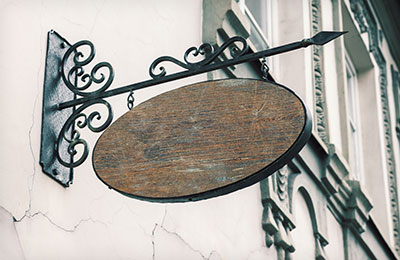
One of the unique challenges of signage design is the need to create a cohesive design that is easy to read and navigate from a distance. This requires designers to consider factors such as the layout, font choices, and the placement of graphics and text. Additionally, designers must consider the materials and methods used to create the signage, as well as any installation or maintenance requirements.
Another challenge of signage design is the need to consider the environment in which the signage will be displayed. This includes factors such as lighting conditions, weather, and the distance from which the signage will be viewed. Designers must create designs that are easy to read and understand from a distance, while also taking into account any potential environmental challenges.
Despite these challenges, signage design can be a rewarding and lucrative niche for graphic designers. There is always a demand for high-quality, visually appealing signage, and designers who are able to create designs that effectively communicate their message and stand out in their environment can build a successful business in this area.
Trade Show Design
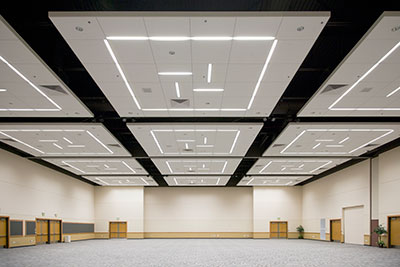
One of the unique challenges of trade show design is the need to create a cohesive design that effectively communicates the company’s message and products. This requires designers to consider factors such as the layout, font choices, and the placement of graphics and text. Additionally, designers must consider the physical characteristics of the trade show booth and create a design that is visually appealing and easy to navigate.
Another challenge of trade show design is the need to stand out among the competition. Trade shows can be crowded and busy, and designers must create designs that grab the attention of attendees and effectively communicate the company’s message.
Despite these challenges, trade show design can be a rewarding niche for graphic designers. The demand for high-quality, visually appealing trade show designs is always high, and designers who are able to create cohesive and effective designs can build a successful business in this area.
Event Collateral Design

One of the unique challenges of event collateral design is the need to create a cohesive design that effectively communicates the event’s message and attracts attendees. This requires designers to consider factors such as the layout, font choices, and the placement of graphics and text. Additionally, designers must consider the physical characteristics of the collateral materials, such as the size and shape of the flyer or brochure, and create a design that is visually appealing and easy to read.
Another challenge of event collateral design is the need to stand out among the competition. With so many events and activities vying for the attention of potential attendees, designers must create designs that grab the attention of their target audience and effectively communicate the event’s message.
Despite these challenges, event collateral design can be a rewarding niche for graphic designers. The demand for high-quality, visually appealing event collateral is always high, and designers who are able to create cohesive and effective designs can build a successful business in this area.
Environmental Design
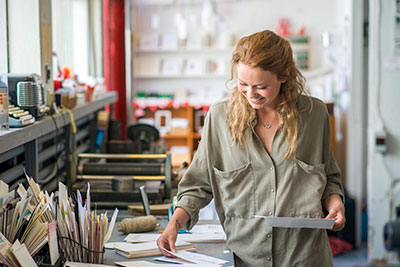
One of the unique challenges of environmental design is the need to create a cohesive design that is both aesthetically pleasing and functional. This requires designers to consider factors such as the layout, lighting, and the placement of graphics and text, as well as the materials used and the overall flow of the space.
Another challenge of environmental design is the need to consider the intended use of the space and the needs of the users. A design that works well for a retail store may not be suitable for a restaurant, for example. Designers must be able to adapt their designs to the specific needs of each space and create a cohesive design that meets the needs of the users.
Despite these challenges, environmental design can be a rewarding niche for graphic designers. The demand for high-quality, visually appealing public spaces is always high, and designers who are able to create cohesive and functional designs can build a successful business in this area.
Marketing Collateral Design

One of the unique challenges of marketing collateral design is the need to create a cohesive design that effectively communicates the company’s message and promotes the product or service. This requires designers to consider factors such as the layout, font choices, and the placement of graphics and text. Additionally, designers must consider the physical characteristics of the collateral materials and create a design that is visually appealing and easy to read.
Another challenge of marketing collateral design is the need to stand out among the competition. With so many products and services vying for the attention of potential customers, designers must create designs that grab the attention of their target audience and effectively communicate the company’s message.
Despite these challenges, marketing collateral design can be a rewarding niche for graphic designers. The demand for high-quality, visually appealing marketing materials is always high, and designers who are able to create cohesive and effective designs can build a successful business in this area.
Final Thoughts

